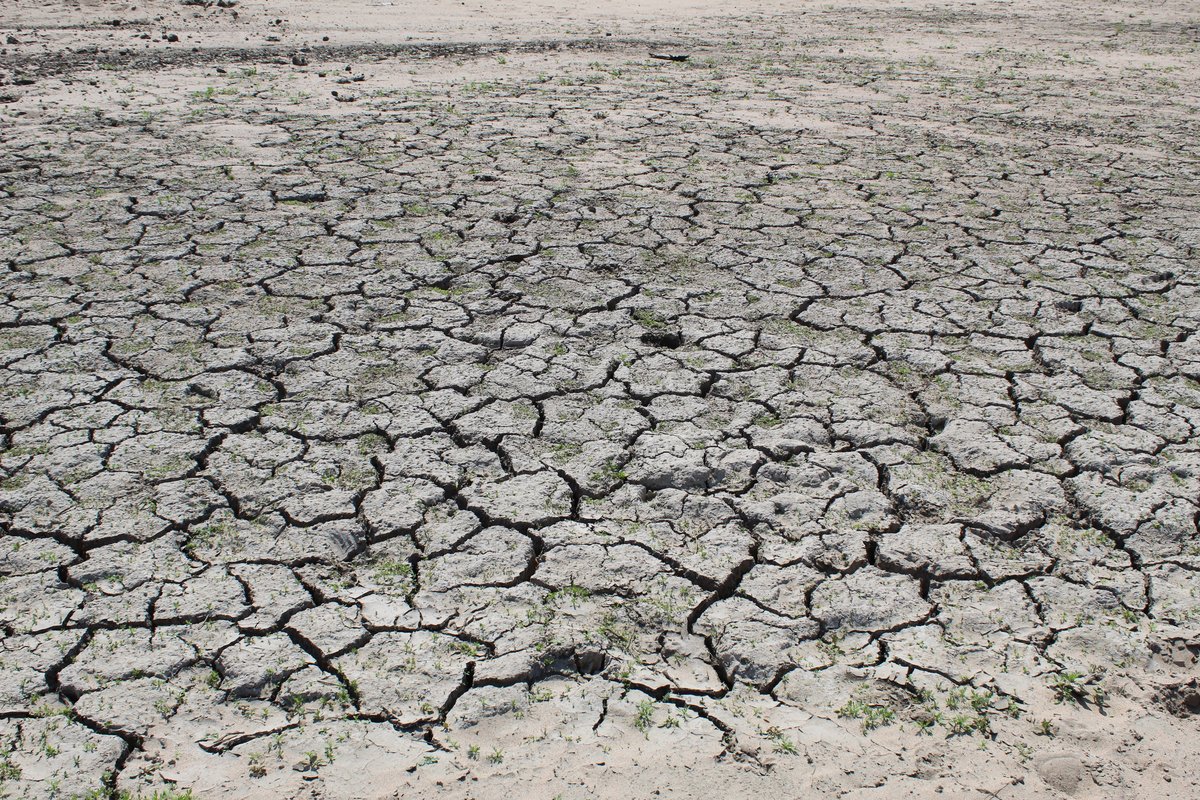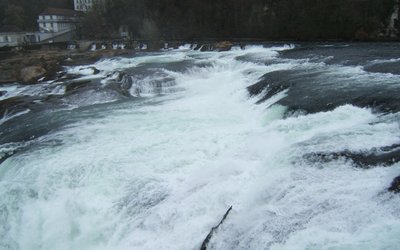
More droughts since 1950
Droughts are more common in Europe and are often more extreme than in the middle of the last century. From 1950 to 2021, the amount of moisture in both the air and the soil appears to have decreased significantly. Moreover, this trend is projected to continue towards 2100. This is the conclusion from a recent study on ‘a drying Europe’. Scientists analysed changes in both air dryness and soil moisture from 1950 to 2021. In addition, they added future projections towards 2100 based on simulations with many climate models. These simulations are based on a worst-case scenario of global warming.
From 1950 to 2021, the average mean air dryness during the summer half year (April to September) has increased all over Europe. At the same time, the average mean soil moisture in the topsoil (0–7 cm) during the summer half year has decreased in Mediterranean Europe and most of Central Europe. In Northern Europe, the topsoil has become wetter.
Extremes are increasing
Compared with these average summer conditions, extremely low soil moisture and extremely high air dryness have become even more extreme. The 10% lowest soil moisture values during the summer half year have decreased by 15%–25% from the period 1950 – 1990 (reference) to 1991 – 2021 (present) in Mediterranean and Central Europe. This means that the intensity of extreme soil dryness has increased by 15–25 %. In Northern Europa, the intensity of extreme soil dryness has decreased by 10%. The intensity of extreme air dryness has increased all over Europe by about 15%. The change was most dramatic for Mediterranean Europe, with more than 50% increase in air dryness intensity for most of southern Europe.
Extremes are more common
Also, these extreme conditions occur more often now compared with the reference period 1950 – 1990. Across Europe, compared with 1950 – 1990, the frequency of extreme events has increased by 20% for soil dryness, and by 60% for air dryness. The largest changes occurred over Central and Mediterranean Europe. Most of Mediterranean and Central Europe now shows a 50% higher frequency of extreme soil dryness events in comparison to this reference period. The frequency of extreme air dryness events has more than doubled in about one-quarter of Europe.
Compound dryness
In general, changes in extreme soil dryness and extreme air dryness are closely linked. The co-occurrence of conditions of extreme soil and extreme air dryness is called ‘extreme compound dryness’. This co-occurrence results from the interaction between the soil and the atmosphere, where low air humidity increases evapotranspiration which then reduces soil moisture. The latter, in turn, reduces evapotranspiration and dries near-surface air, creating a positive feedback loop. Compared with 1950 – 1990, the frequency of extreme compound dryness has increased by 70%.
Three-fold increase by 2100
Climate model simulations indicate that, under a worst-case scenario of climate change, the frequency of compound dry extremes across Europe could be more than three times as high during mid-century (2031 – 2065) compared with 1950 – 1990, and more than four times as high by the end of this century (2066 – 2100). According to these simulations, the intensity of extreme soil dryness will not increase much further. The intensity of air dryness, however, could increase across Europe on average by 33% and 65% by mid-century and the end of this century, respectively, compared to 1950 – 1990.
Impact on nature and crop yields
Changes in the humidity of the soil and the air affect vegetation productivity. More CO2 in the atmosphere will stimulate this productivity and increase carbon uptake capacity and crop yields. This effect could be highly compromised, however, due to the rise in dry extremes in Europe. According to the scientists who carried out this study, a sharp increase in exposure to soil and air drought could lead to “a weaker terrestrial carbon sink and compromised food security across Europe”.
Source: Shekhar et al., 2024. Weather and Climate Extremes 44: 100666.








